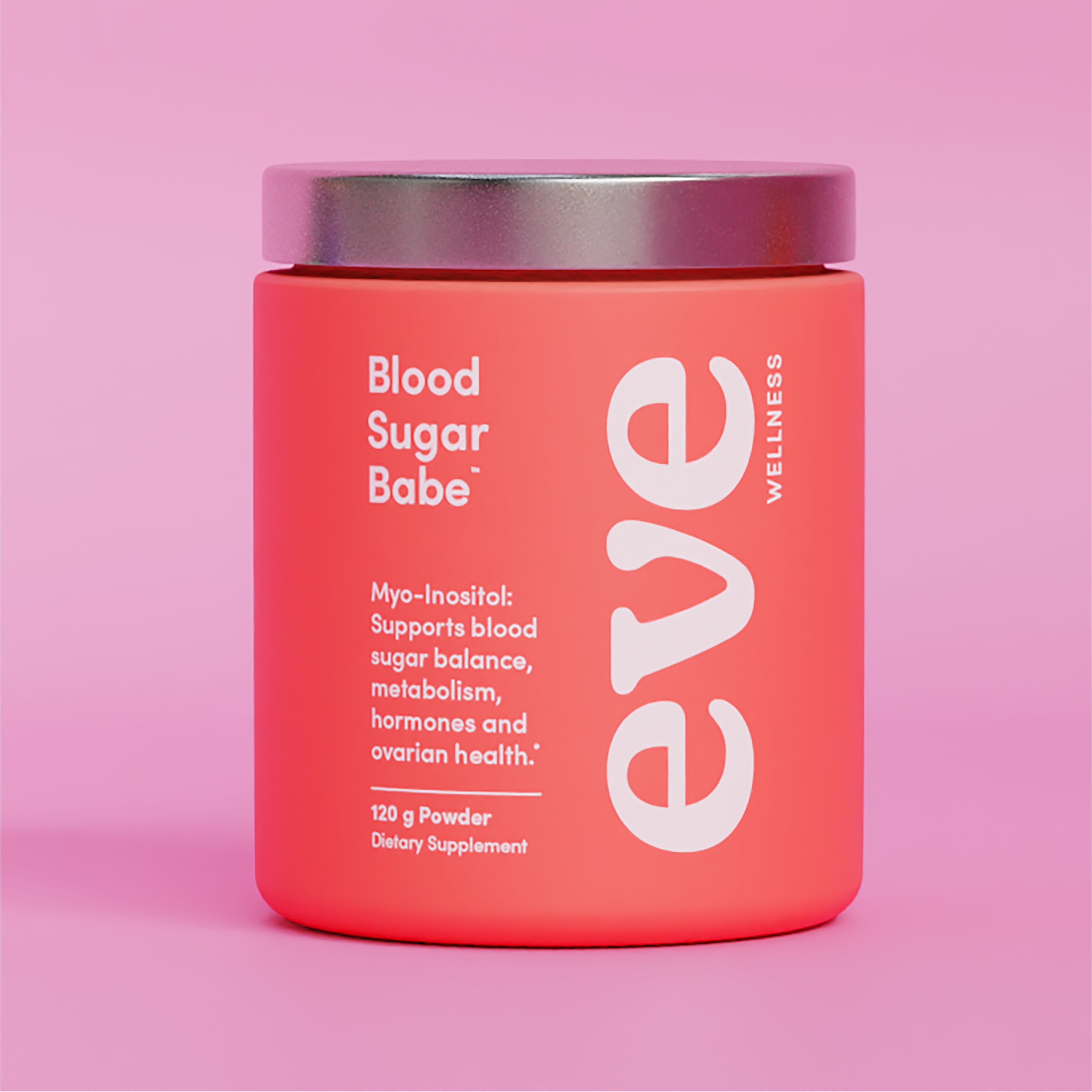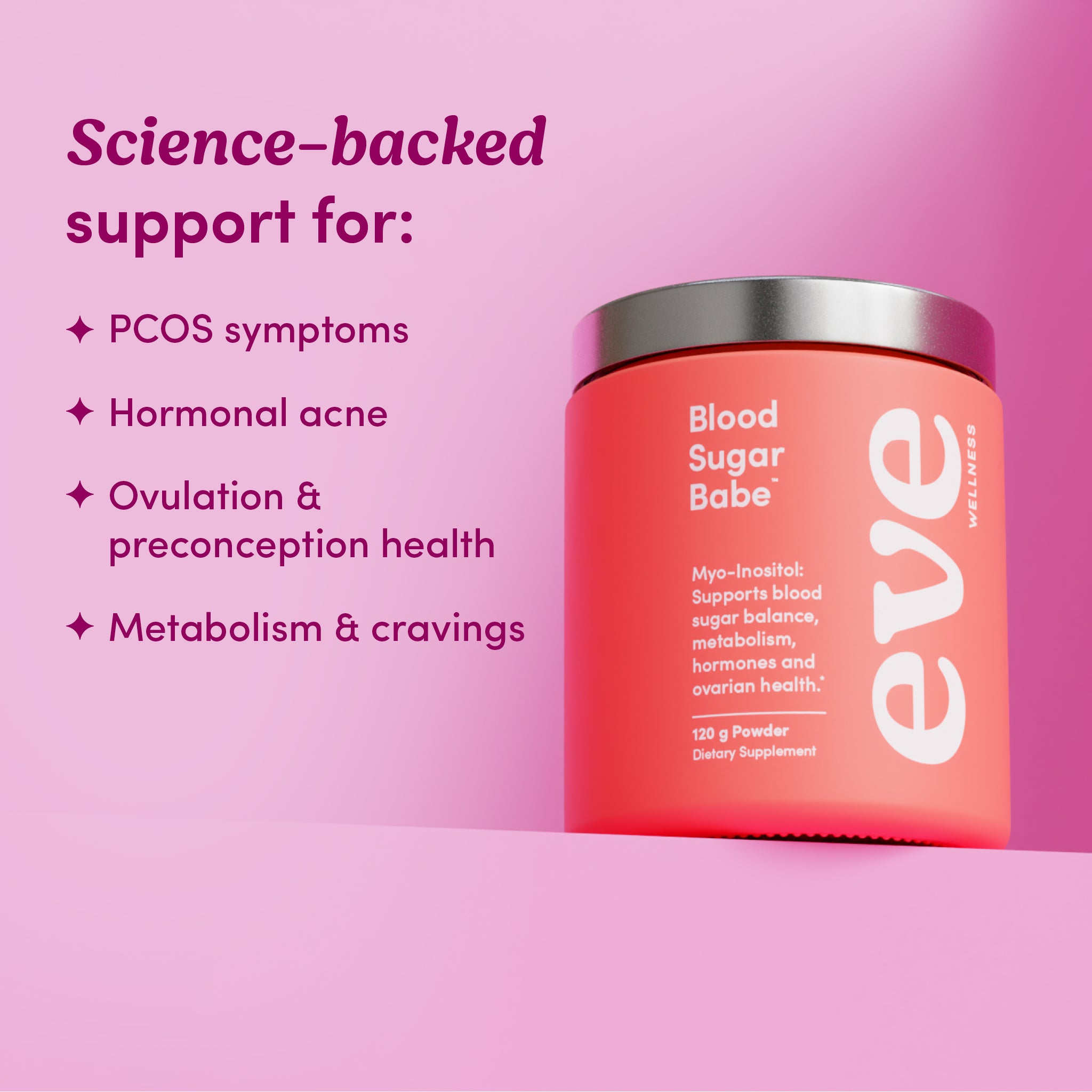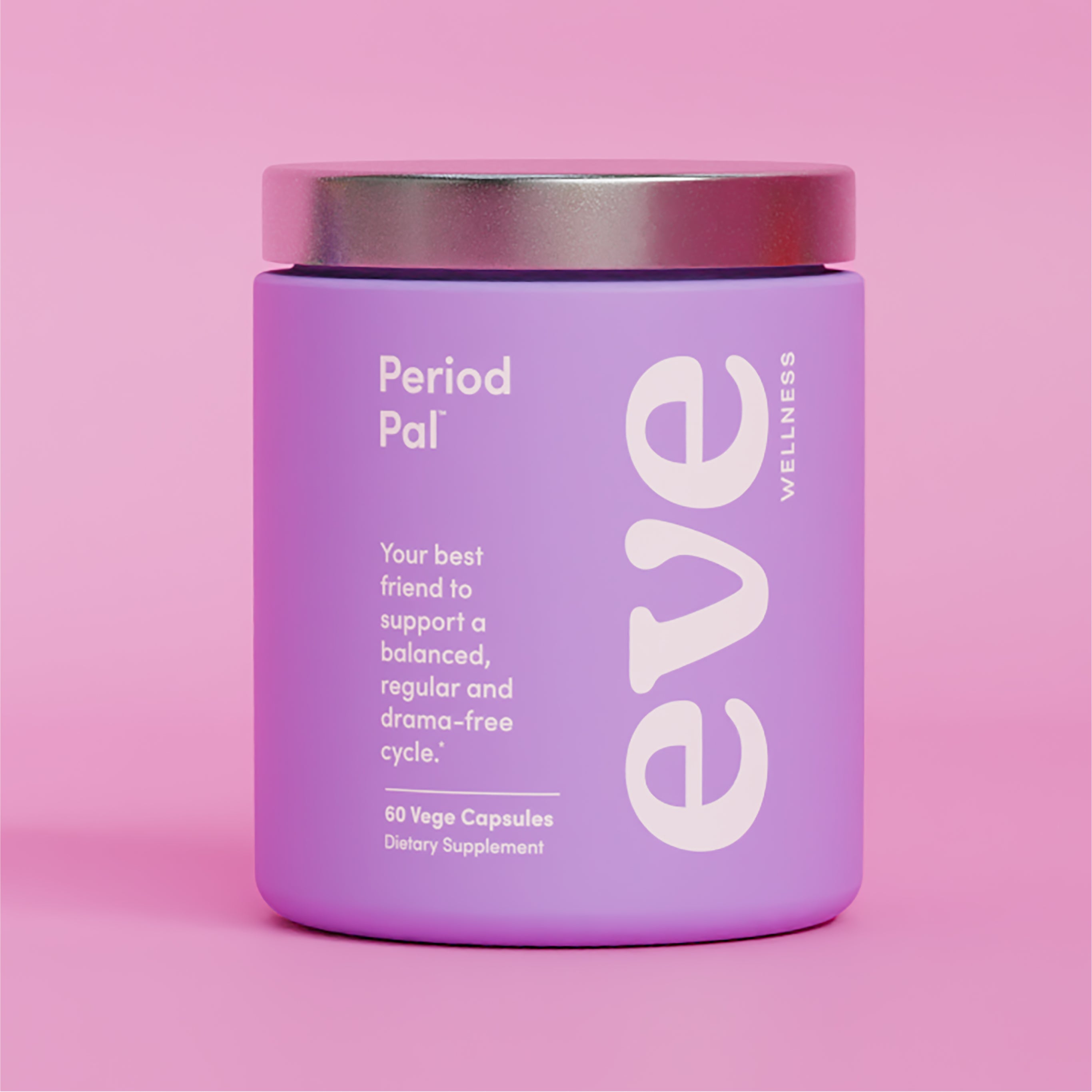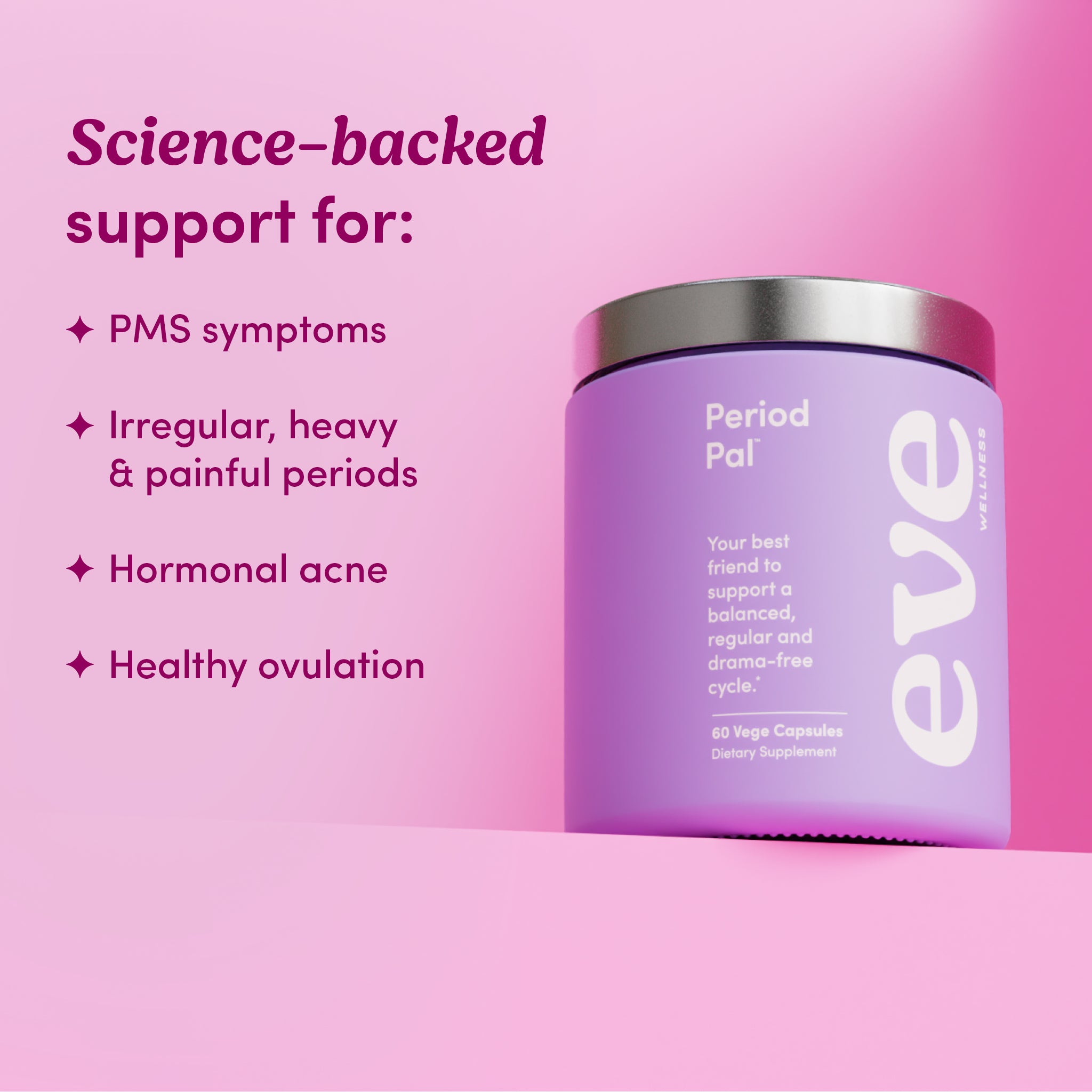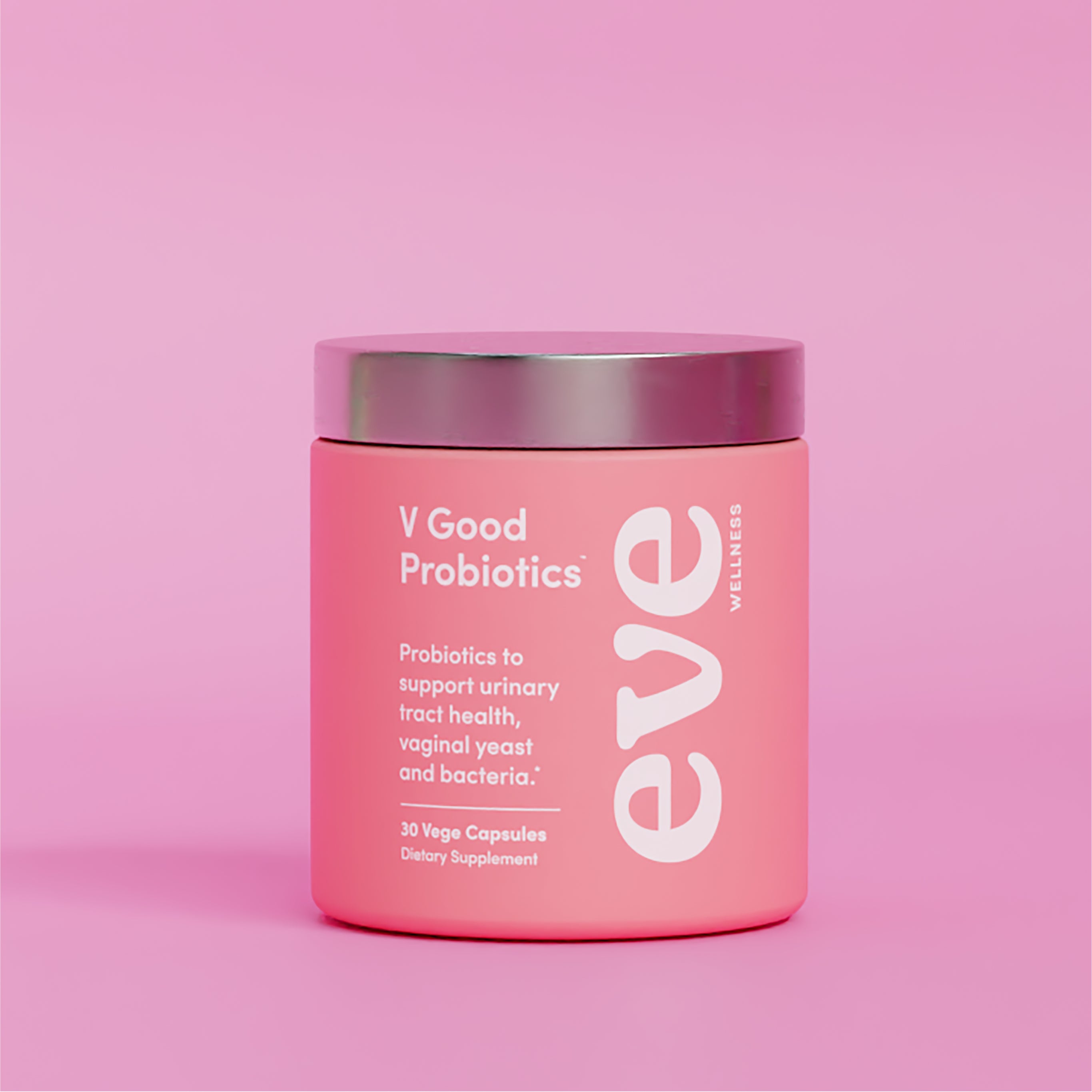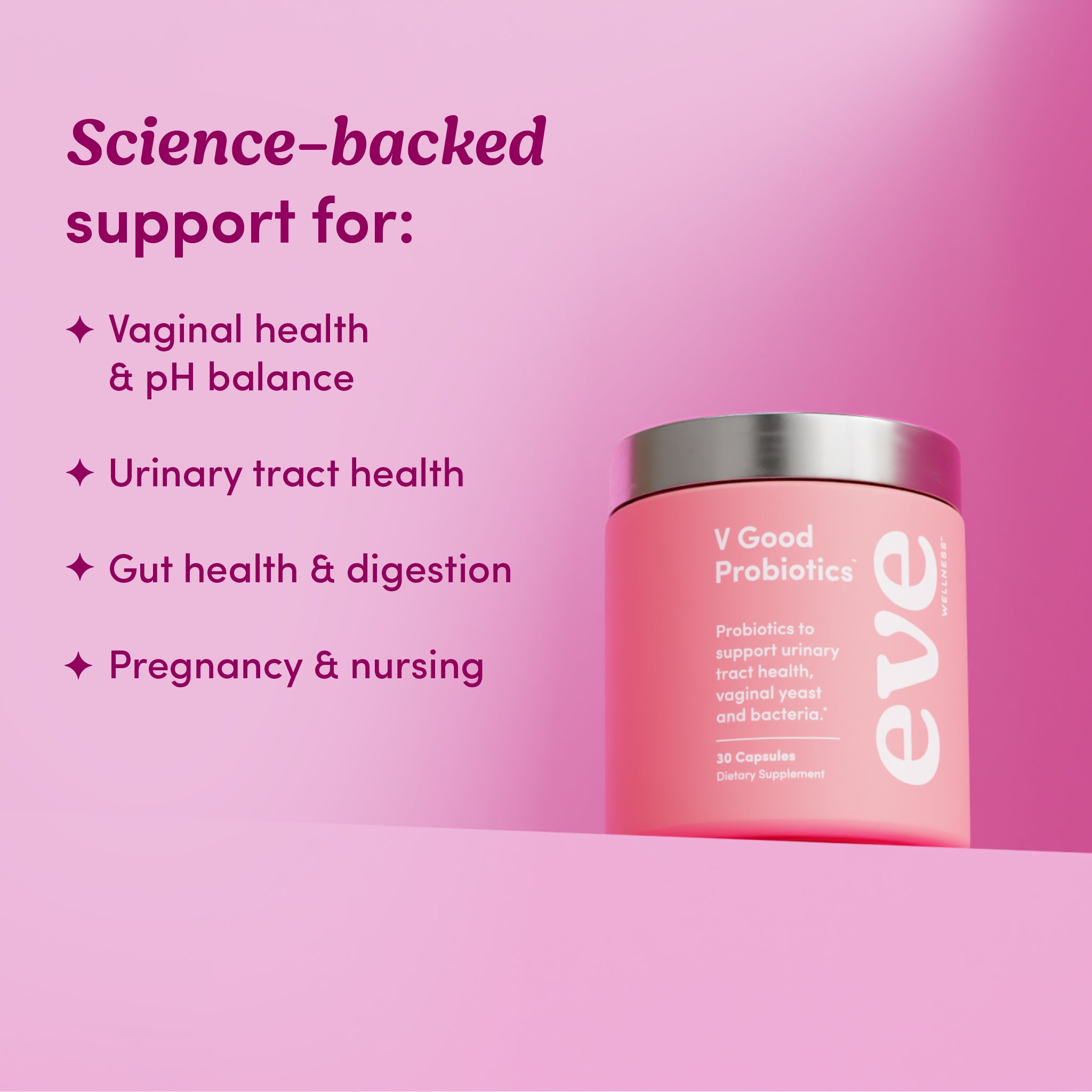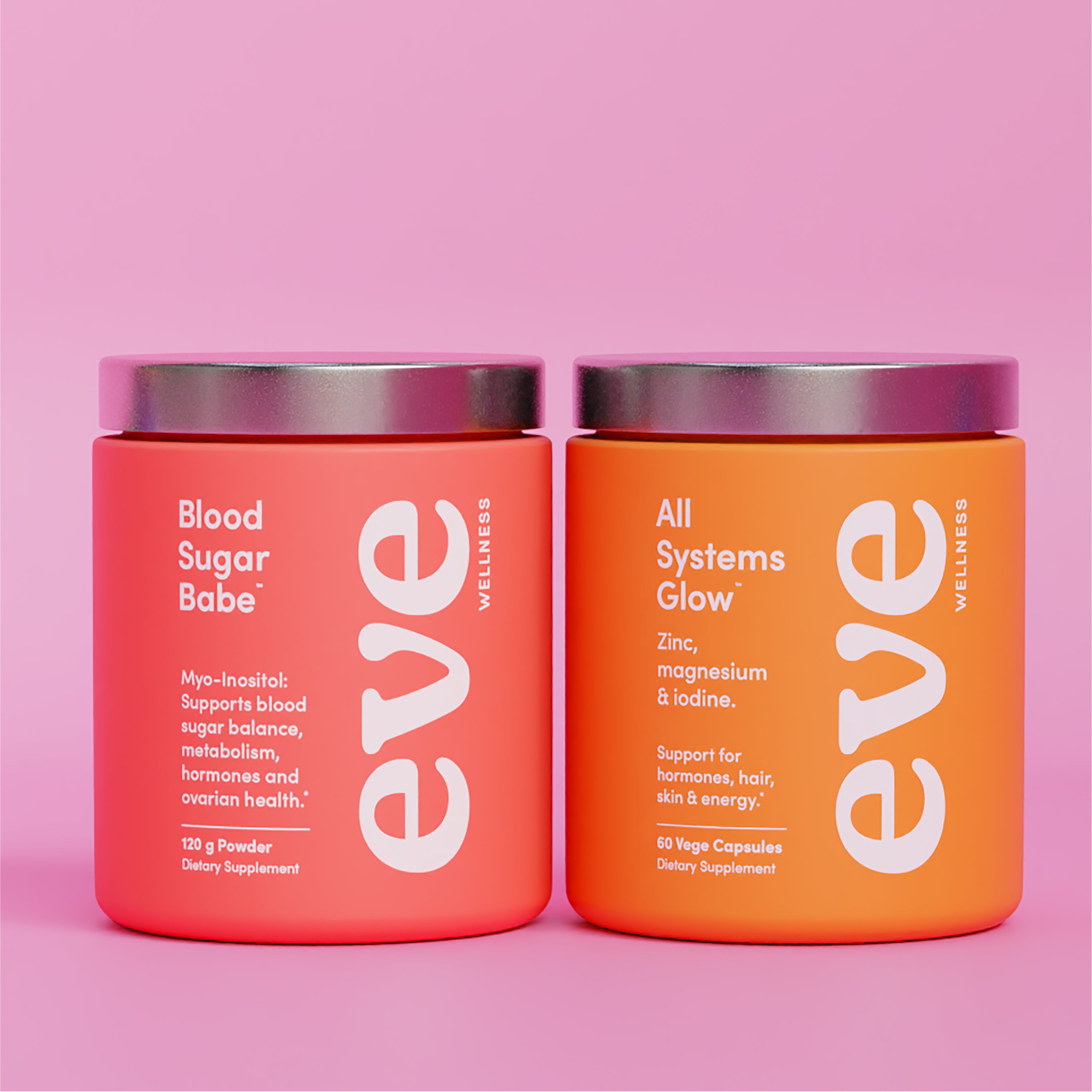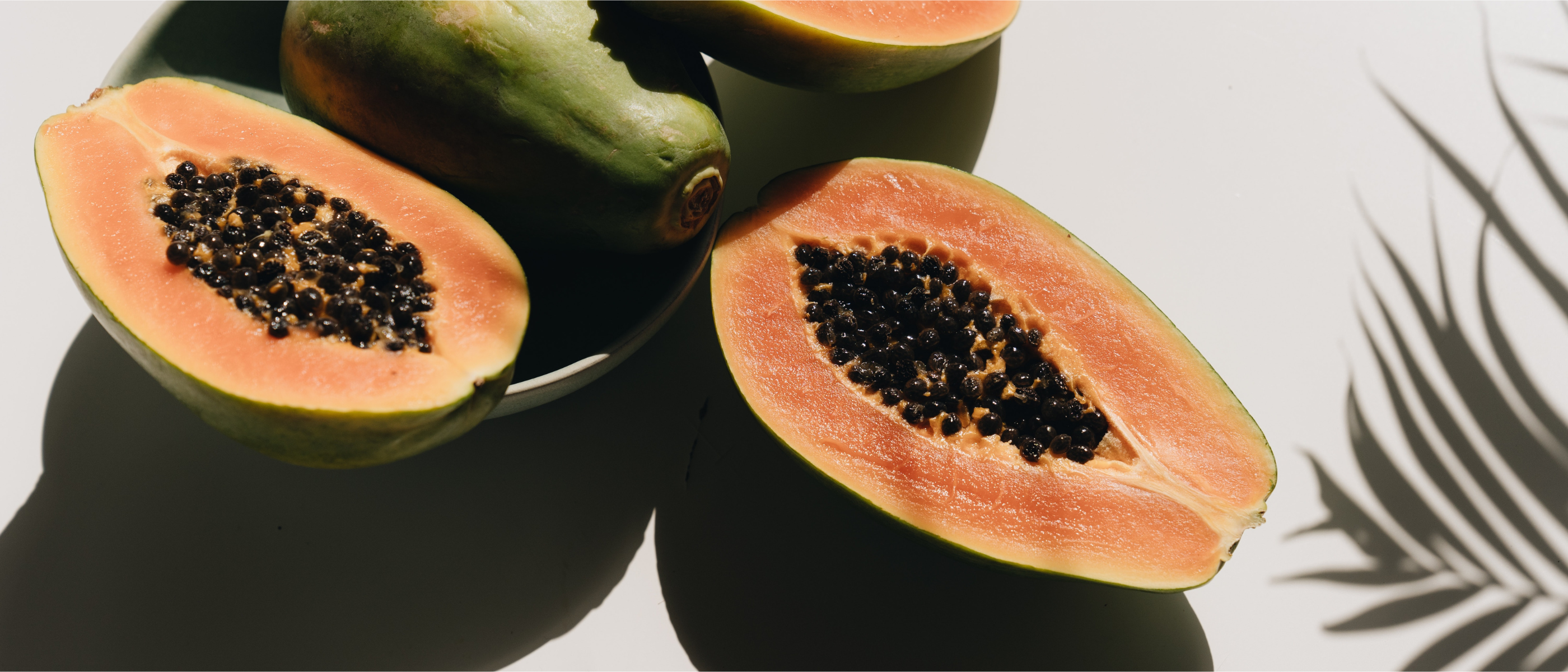Oestrogen dominance is one of the most common hormonal imbalances we saw in test results at Eve, and due to the publicity this particular imbalance has received as of late, it might be the one you’ve heard most about too.
‘Oestrogen dominance’ is a very real phenomenon however, it’s actually kinda misleading as a term when trying to explain what exactly is going on with your hormones.
For example, did you know that oestrogen dominance has a lot to do with progesterone as well? Did you know that your body’s ability to detoxify oestrogen is just as important as its levels of the hormone? We’re here to clear up the confusion and explain all you need to know.
What even is Oestrogen dominance?
Oestrogen dominance is not a condition itself but rather an umbrella term used to describe an imbalance related to higher levels of oestrogen. It is not necessarily oestrogen levels in isolation, but rather the amount of oestrogen in the body relative to other hormones (progesterone in women and testosterone in men - yes, that’s right, men can be oestrogen dominant too!) that matters here.
Let’s be clear: oestrogen is not bad!
This hormone is crucial for our day-to-day functioning and highly beneficial in the right amounts. It supports and regulates our cycle, mood, skin, insulin sensitivity, energy levels, bone health and immune function. It also gives us our feminine curves by broadening our hips and dictating where we carry weight. When we lack oestrogen, our mood, cycle and sex drive may take a hit.
However, as with anything, it’s definitely possible to have too much of a good thing.
What are the signs of Oestrogen dominance?
In women, oestrogen dominance presents in a range of ways, including:
- PMS symptoms
- Stubborn weight gain (particularly around the hips, thighs and midsection)
- Early onset of puberty
- Heavy or irregular periods
- Infertility
- Bloating
- Mood swings
- Premenstrual headaches
- Low energy or fatigue (no matter how much sleep you get)
In men, oestrogen dominance leads to:
- ‘Man boobs’ (gynecomastia if you want to be fancy)
- Increased body fat in the upper chest and obliques
- Sexual dysfunction and infertility
- Long term associated risk of prostate cancer
- Penis shrinkage. Yup. You read that right.
Why does Oestrogen dominance occur?
There are four distinct hormone pictures that can all lead to the oestrogen dominance signs above.
These are:
HIGH OESTROGEN (WITH OPTIMAL PROGESTERONE)
Having higher oestrogen levels can cause a mixture of these delightful oestrogen dominance signs.
Higher oestrogen levels may be caused by:
- Exposure to oestrogen mimicking chemicals in our environment called xenoestrogens. These are man-made compounds including BPA in plastics and parabens and phylates in skin care, makeup and sunscreen.
- The pill can create the perfect storm for oestrogen dominance. Often hormonal contraception is recommended to help with erratic periods and heavy bleeding (note these are common signs of oestrogen dominance...). Unsurprisingly, adding synthetic oestrogen (that has been linked with inflammation and some other side effects) on top of excess oestrogen doesn’t address the root cause of the symptoms; but rather just hides them.
- The food we eat can also contribute to excess oestrogen. Many pesticides and herbicides are oestrogenic, as well as unfermented soy products and hormones fed to poor quality sources of meat.
LOWER PROGESTERONE (WITH OPTIMAL OESTROGEN)
Having lower progesterone levels can lead to an oestrogen dominant picture, even if your oestrogen levels are within the optimal range. These hormones like to dance beautifully around one-another throughout the month. So, if your progesterone is lower, it won’t be holding its own against the shapes your oestrogen is cutting.
Lower progesterone levels may be a result of:
- Not ovulating. Small amounts of progesterone are made in the adrenal glands, however the majority is released by the corpus luteum (in the ovaries) after you ovulate. This is one of the reasons why ovulation is super important for hormonal health, whether you’re trying to conceive or not.
- Stress. Both cortisol (a stress hormone) and progesterone are made from the same precursor hormone, pregnenolone. If the body is constantly in a stressed state, the production of stress hormones will be prioritised over sex hormones, meaning we produce less progesterone. It's worth noting here that your body doesn’t know the difference between real and perceived stress. Work, money, relationships, HIIT, eating the wrong foods or overdoing it on coffee and alcohol are going to have the same stressful physiological effect.
- Undereating, or eating in a way your body doesn’t vibe on. Not eating enough, extreme carb restriction (and other restrictive diets) can communicate to the body that the world is not a safe place for potential pregnancy and throw your cycle out of whack. Goodbye ovulation and sayonara to the lovely release of progesterone that goes with it.
POOR OESTROGEN METABOLISM
When it comes to oestrogen, we want to use it for its benefits and then give it the flick (thank you, next). For this to happen, our detox pathways including our gut and liver really have to come to the party.
Poor oestrogen metabolism may be a result of:
- Overloaded detoxification pathways. Once oestrogen has done its job, it must be broken down by the liver and transformed into a form of oestrogen that the body can excrete. If the liver is overworked dealing with alcohol, caffeine, plastics and chemicals from our skin care and makeup; our oestrogen metabolism can become compromised leading to build up and excess.
- Poor gut health and digestion. Oestrogen that has been detoxified by the liver, is then excreted through the bowel. This process can become compromised if we have sluggish digestion and long transit times. Oestrogen that hangs around in the gut for too long can be reabsorbed by the body, contributing to oestrogen excess.
- Nutrient deficiencies. The liver requires lots of lovely nutrients to support it in its job of detoxification. If it’s missing some of these key helpers (specifically, magnesium and iron - which many women are deficient in) then poor oestrogen metabolism it more likely to occur.
We are all so unique and it can be hard to know exactly what is going on with your hormones from physical sensations alone. Oestrogen dominance can be the result of a few, very different hormonal imbalances.
Looking for extra support? Try Period Pal - every woman's best friend to support a balanced, regular and drama-free cycle.
